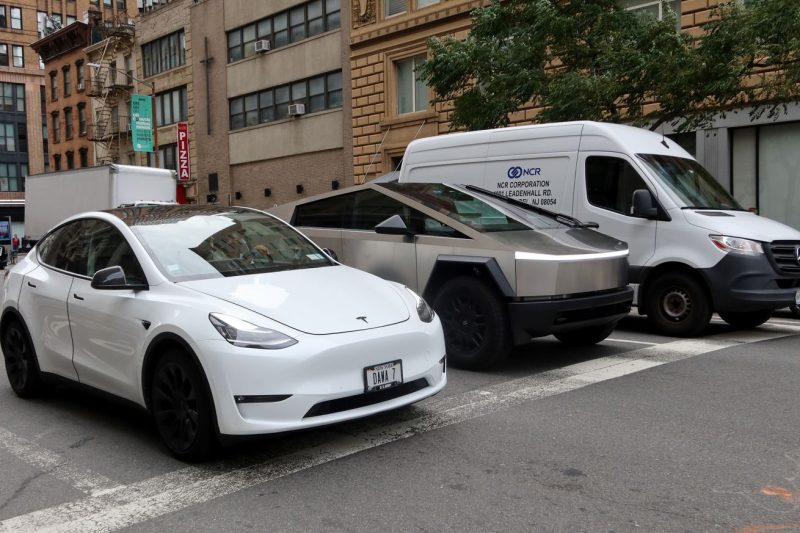Elon Musk’s Tesla company has continuously been at the forefront of innovation in the electric vehicle industry. Their advancements in self-driving technology and the vision of a fleet of autonomous robotaxis have captured the imagination of many. However, as exciting as this future may sound, there are several important questions that Elon Musk has not adequately addressed regarding the Tesla robotaxi.
One crucial point that remains unclear is the timeline for when this fleet of autonomous vehicles will become a reality. While Musk has expressed ambitious targets, such as having a million robotaxis on the road by the end of 2020, this deadline has clearly not been met. The lack of a concrete timeline raises doubts about the feasibility of this vision and leaves both investors and consumers uncertain about when they can expect to see widespread deployment of Tesla robotaxis.
Furthermore, the safety implications of autonomous vehicles have not been thoroughly addressed by Musk. While self-driving technology has the potential to reduce accidents caused by human error, there are still significant concerns about the reliability of these systems. Elon Musk has made bold claims about the safety of Tesla vehicles with Autopilot enabled, but there have been numerous incidents where the system has failed, resulting in accidents and even fatalities. Without transparent data and a comprehensive safety plan, it is difficult to trust that Tesla robotaxis will indeed be safer than conventional vehicles.
Another important aspect that Elon Musk has not adequately explained is the regulatory and legal challenges that come with deploying a fleet of autonomous vehicles. The existing regulatory framework is ill-equipped to handle the complexities of self-driving technology, and there remain significant legal hurdles that need to be overcome before Tesla robotaxis can operate on public roads. Musk’s vision of a future where Tesla owners can earn money by allowing their vehicles to operate as robotaxis raises questions about liability, insurance, and the ethical implications of turning personal vehicles into commercial assets.
In addition to these concerns, the sustainability of a fleet of Tesla robotaxis has not been sufficiently addressed by Musk. The environmental impact of mass adoption of electric vehicles is a crucial consideration in combating climate change. However, the production of lithium-ion batteries for electric vehicles comes with its own set of environmental challenges, including CO2 emissions and resource depletion. Without a clear plan to address these issues, the widespread deployment of Tesla robotaxis could end up exacerbating rather than mitigating environmental problems.
In conclusion, while Elon Musk’s vision of a fleet of Tesla robotaxis is undoubtedly exciting, there are several critical questions that remain unanswered. From the timeline for deployment to safety, regulatory challenges, and sustainability, there are significant hurdles that need to be addressed before this vision can become a reality. As consumers and investors, it is important to approach Musk’s promises with a critical eye and demand transparent answers to these important questions before embracing the future of Tesla robotaxis.
